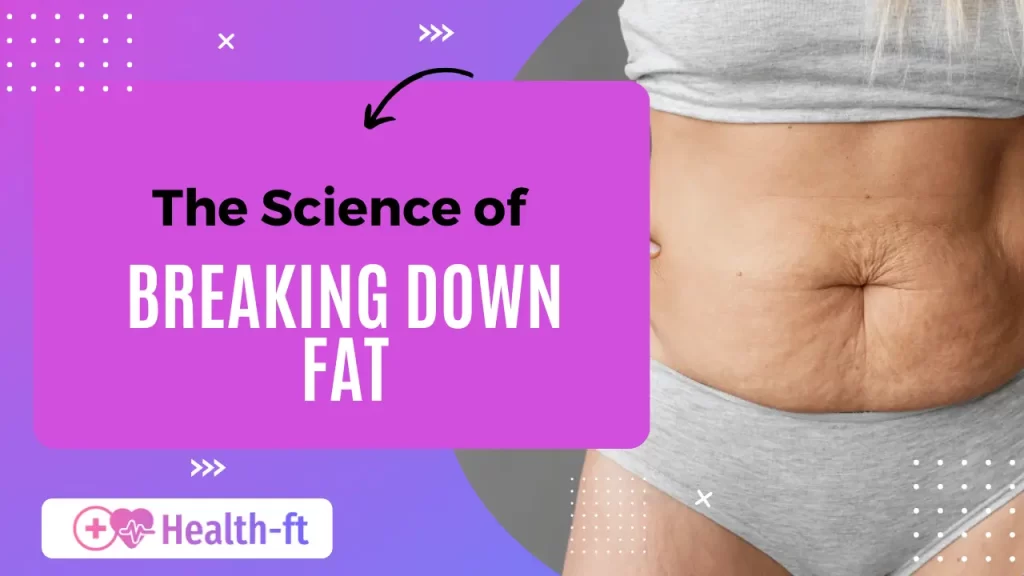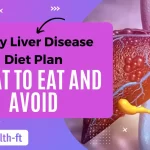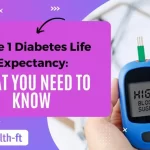In the process of shedding a few pounds or toning up, the most frequent goal is to burn fat, particularly belly fat. Adipose tissue mobilization, scientifically referred to as lipolysis, is the breakdown of stored fats into energy. Understanding how the body metabolizes fat, the enzymes and hormones involved, and how to specifically target belly fat will help you achieve your goals more efficiently. This article will explain the fat breakdown process and provide insights on how to effectively target and break down belly fat.
What Breaks Down Fat in the Body?
To understand the breakdown of fat, we need to delve deeper into metabolism. The body stores energy in the form of fat (often called adipose tissue) and may utilize it at other times. The catabolism of fats, part of lipid metabolism, is a multi-step process involving fat mobilization followed by oxidation for ATP production.
1. Hormonal Triggers: Insulin, Glucagon, and Epinephrine
Hormones play a crucial role in breaking down stored fat in the body. Insulin, glucagon, and epinephrine are key hormones in fat breakdown.
Insulin:
Synthesized in the pancreas, insulin helps regulate glucose levels in the blood. Fat is typically stored when insulin levels are high, such as after consuming a carbohydrate-rich meal. When insulin levels are low, the body relies on fats and proteins to meet daily energy needs.
Glucagon:
Also secreted by the pancreas, glucagon helps mobilize stored fat in adipose tissue. It triggers the release of hormones that signal the liver to release stored glycogen into the bloodstream as glucose when energy levels are low.
Epinephrine:
Commonly known as adrenaline, epinephrine stimulates the release of fatty acids into the bloodstream by activating lipase, which breaks down fats.
2. Enzymes that Break Down Fats: Lipase and Hormone-Sensitive Lipase (HSL)
Several enzymes are responsible for digesting fat, including lipase and hormone-sensitive lipase (HSL). These enzymes work by hydrolyzing triglycerides—the primary form of lipid stored in adipose tissue. Once fatty acids are released into the blood, they can be transported to cells that require energy.
Lipase:
This enzyme plays a vital role in breaking down triglycerides into fatty acids and glycerol. Lipase works alongside hormones like epinephrine to break down fats in the body.
HSL (Hormone-Sensitive Lipase):
As the name suggests, HSL is sensitive to hormonal signals. When the body needs energy, HSL is activated, leading to the release of fatty acids from fat stores.
3. Mitochondria: The Powerhouses of Fat Oxidation
After lipolysis, the released fatty acids are transported to the mitochondria of cells, where they undergo beta-oxidation. In this process, fatty acids are converted into Acetyl-CoA, which enters the Krebs cycle to produce ATP (adenosine triphosphate) — the energy currency of the cell. The more mitochondria in your cells and the higher their density, the more efficiently your body can metabolize fats.
Breaking Down Belly Fat: Why It’s So Stubborn
Belly fat, also known as visceral fat, is often the hardest fat to shed. This type of fat accumulates around vital organs and is linked to heart disease, diabetes, and inflammation. In contrast, subcutaneous fat is located just under the skin.
Here’s why belly fat can be particularly difficult to break down:
-
Higher Density of Alpha-2 Receptors:
Belly fat cells contain more alpha-2 receptors than fat cells in other areas of the body. These receptors suppress the breakdown of fats, making it harder for the body to draw fat from the belly region. -
Insulin Sensitivity:
Belly fat cells are more insulin-sensitive. Elevated insulin levels encourage the storage of fat in the abdominal area. Therefore, controlling insulin levels through diet is crucial for tackling belly fat. -
Hormonal Influences:
Stress hormones, like cortisol, are associated with a tendency to store fat in the abdomen. Chronic stress increases cortisol levels, which leads to fat deposition around the tummy.
How to Break Down Belly Fat Effectively
Although belly fat is stubborn, several strategies can help accelerate fat breakdown and lead to a leaner, healthier midsection.
Physical Activity and Strength Training
Although targeting belly fat can be challenging, physical activity and strength training can effectively speed up metabolism and help you sculpt abdominal muscles.
Get Moving:
Physical activity is one of the best ways to increase fat loss, including belly fat. Moderate-intensity exercises are effective, but for fat reduction, “no pain, no gain” truly applies.
Here’s how you can optimize your workouts for fat loss:
-
Cardio Workouts:
Cardio exercises like jogging, biking, or swimming elevate the heart rate and burn calories. High-Intensity Interval Training (HIIT) is particularly effective for reducing belly fat. HIIT involves alternating between intense exercise and low-intensity recovery periods. -
Strength Training:
Strength exercises, such as weight lifting, help build muscle mass, which in turn raises your resting metabolic rate (RMR). More muscle means more calories burned at rest, making fat loss, especially belly fat, easier. -
Core Exercises:
While spot reduction is a myth, strengthening abdominal muscles through exercises like planks, Russian twists, and leg raises can help tone the belly area.
Reduce Carbohydrates
Reducing carbohydrate intake can lower insulin levels, which aids in fat breakdown. Focus on whole foods, lean proteins, healthy fats, and vegetables, while limiting refined carbohydrates like bread, pasta, and candy.
Incorporate Healthy Fats
Increase your intake of fat-burning foods, such as salmon, walnuts, and chia seeds, which are rich in omega-3 fatty acids. Monounsaturated fats found in avocados, olive oil, and nuts also help reduce belly fat.
Increase Protein Intake
Protein enhances metabolism and suppresses appetite. A high-protein diet can help reduce fat gain while preserving muscle mass, which is essential for fat loss. Include fruits, vegetables, grains, and plant-based foods in your diet.
Stay Hydrated
Proper hydration supports digestion and helps control hunger. Drinking enough water also prevents overeating, which can contribute to belly fat.
Manage Stress and Sleep for Better Hormonal Balance
Stress and poor sleep can hinder fat loss, especially abdominal fat. Here’s how you can manage these factors:
-
Reduce Stress:
Stress can be reduced by meditation, yoga, and deep breathing exercises help lower cortisol levels, which can prevent the accumulation of belly fat. -
Get Enough Sleep:
Sleep plays a critical role in hunger regulation. Studies show that people who get less sleep tend to consume more calories, especially foods that hinder fat loss.
Intermittent Fasting for Enhanced Fat Burning
Intermittent fasting (IF) has shown promise in improving fat metabolism. By alternating between fasting and eating periods, Intermittent fasting may lower insulin levels and encourage fat breakdown. Some common IF patterns include the 16/8 method (eating within an 8-hour window and fasting for 16 hours) and the 5/2 method (eating normally for 5 days and restricting calories for 2 days).
Supplements That May Help Break Down Fat
While diet and exercise remain the most effective fat-loss strategies, certain supplements can aid in fat breakdown:
-
Caffeine:
Found in coffee, green tea, and supplements, caffeine is a natural stimulant that boosts fat breakdown by increasing epinephrine release. -
Green Tea Extract:
Rich in antioxidants called catechins, green tea extract enhances fat mobilization, especially during exercise. -
L-Carnitine:
A derivative of the amino acid, L-carnitine helps transport fatty acids into mitochondria for oxidation. -
Conjugated Linoleic Acid (CLA):
Studies suggest CLA may help reduce body fat and improve lean body mass.
Conclusion
Metabolism is the process by which hormones, enzymes, and cellular activities convert fat into usable energy. Losing body fat, particularly belly fat, requires a combination of diet, exercise, stress management, and quality sleep.
By understanding how fat breaks down and implementing strategies to target belly fat, you not only achieve a leaner body but also reduce the risks associated with visceral fat. While patience is key, the efforts you put into improving your health are invaluable.




